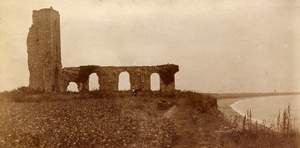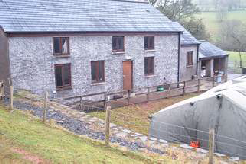
Some places have been abandoned at a single point in time, while others have been gradually depopulated until there was no-
This website commemorates all abandoned communities. But we will focus on a number of specific places that have been deserted at various times, for various reasons. In each case we will consider what type of community it was, the events leading up to its abandonment, and what happened to the inhabitants after they moved away. We will also be interested in what you are likely to find if you visit the place today, and in this respect you will notice that the observations and experiences of the author will often be recorded.
As well as visiting selected places there will be opportunities to enjoy poetry and
paintings associated with abandoned places. The classic poem on this subject is Goldsmith’s
“The Deserted Village”, but in addition it is surprising how often the places we
will consider have inspired poems before, during, and after their abandonment.
We
will also have a section in which paintings of abandoned communities will be displayed.
When J M W Turner visited Dunwich, for example, there was just enough of it left
to make it the subject of one of his pictures.
If you wish to find out about abandoned communities in a particular part of Britain, near your home or perhaps where you intend to take a holiday, then use the map of Britain.
I hope you will want to take your interest in abandoned communities further. In the sections on each place I have recommended books and articles, and relevant websites, but for places not described in this website the pages on Links and Other Sources suggest other published and online resources.
Stephen Fisk
